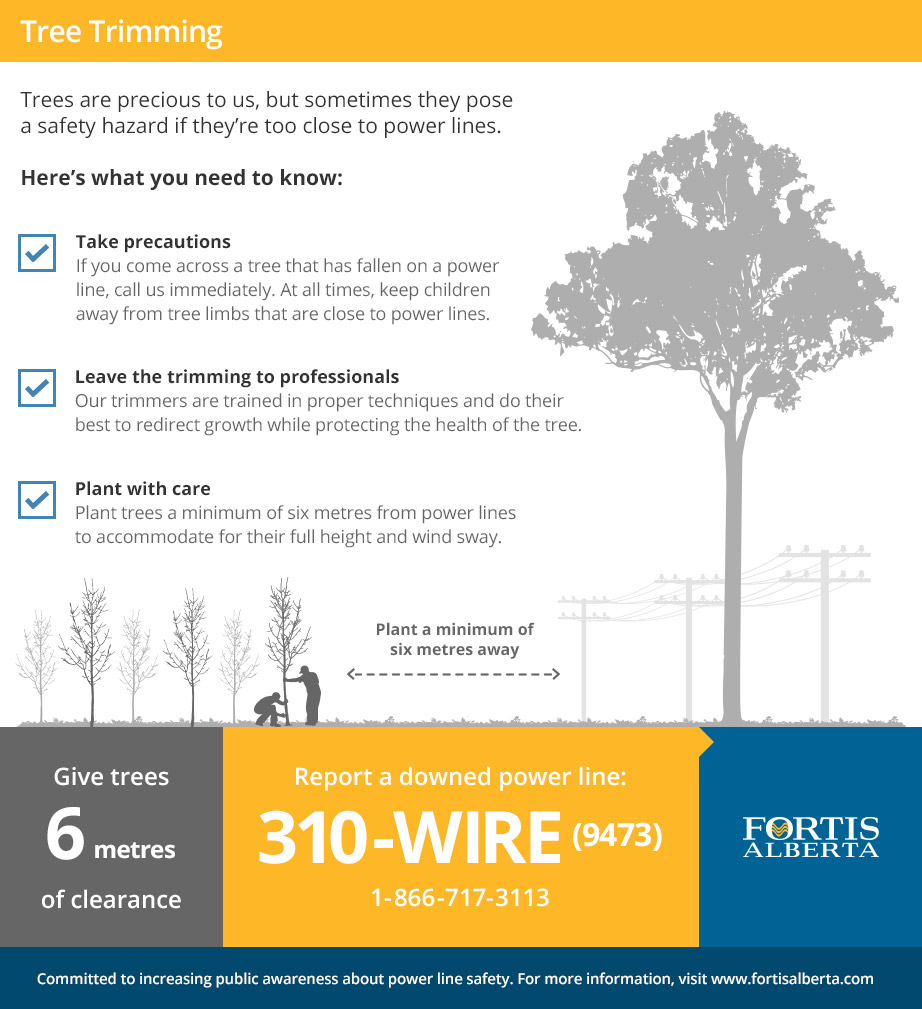Indicators Indicating The Demand For Tree Elimination: Identifying Risky Trees
Indicators Indicating The Demand For Tree Elimination: Identifying Risky Trees
Blog Article
Content Author-Winther Hubbard
When it pertains to tree treatment, recognizing the indicators that it's time for elimination is vital for your security and residential or commercial property. You could discover tarnished fallen leaves, wilting branches, or strange fungal developments showing health problems. Architectural concerns, like a significant lean or splits in the trunk, can additionally pose dangers. Comprehending these warning signs can help you make notified choices about your trees and prevent potential hazards prowling in your yard. What should you look for following?
Indicators of Decay and Illness
When you see signs of decay and illness in your trees, it's important to act quickly. Look for blemished fallen leaves, wilting branches, or uncommon developments like fungi. These can show that your tree is struggling.
If you see cracks in the bark or soft, mushy wood, these signs and symptoms recommend internal decay. Furthermore, an unexpected rise in pests around your tree can indicate that it's deteriorated and at risk.
Check for any dead or passing away arm or legs, as they pose a threat to your residential or commercial property and safety and security. If you doubt about what you see, speaking with an arborist can provide clarity.
Addressing these indicators early can save you from much more considerable damage and make sure the wellness of your yard. Don't wait till it's far too late.
Structural Instability and Leaning
As you observe your trees, watch out for any type of signs of architectural instability or leaning. If a tree leans considerably, it might suggest that the root system is jeopardized.
Try to find any type of cracks in the trunk or soil around the base; these can indicate potential failing. Additionally, check for uncommon growth patterns, like an uneven crown, which may suggest that the tree is battling to hold itself upright.
If you notice that the tree leans toward your home, power lines, or other structures, it poses a better risk. Don't overlook these indications-- get in touch with an arborist to examine the scenario.
Acting early can protect against costly damage and ensure your safety.
Dead or Dying Branches and Foliage
If you discover dead or passing away branches and vegetation on your tree, it's a clear indicator that something's incorrect.
These undesirable locations can indicate underlying issues like disease, insect problems, or environmental stress. When branches lose their leaves or turn brown, they're no longer contributing to the tree's health. Ignoring Get Paid To Have Trees Removed might lead to additional decline, making your tree a lot more unsafe.
Dead branches can easily break short throughout tornados, posturing a risk to home and people close by. https://comomag.com/2020/06/29/fresh-ideas-for-an-outdoor-space/ to examine the degree of the damage.
If the issue affects a significant part of the tree, think about speaking with a professional. They can help determine if elimination is needed to make certain security and keep the appeal of your landscape.
Verdict
If you observe any type of indications of degeneration, architectural instability, or dead branches on your trees, do not overlook them. These signs can pose major safety and security dangers to you and your residential or commercial property. It's constantly best to get in touch with a professional arborist that can give a specialist evaluation of your trees. Taking action early can stop mishaps and expensive damage, guaranteeing your landscape continues to be risk-free and healthy. Keep in mind, it's far better to be positive concerning tree care than to await a disaster to happen.
